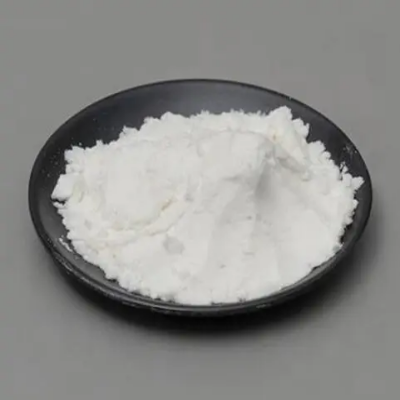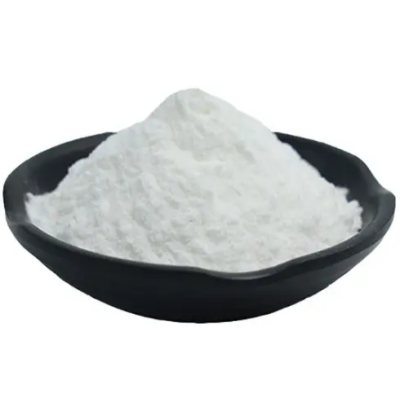Sulfasalazine CAS:599-79-1
Sulfasalazine, a sulfonamide derivative with the molecular formula C₁₄H₁₃N₄O₅S, is an important medication primarily used to treat inflammatory bowel diseases (IBD), including ulcerative colitis and Crohn's disease, as well as rheumatoid arthritis. The compound consists of a 5-aminosalicylic acid moiety linked to sulfapyridine by an azo bond, which allows it to exert therapeutic effects in the intestine when metabolized by intestinal bacteria. The mechanism of action of sulfasalazine involves its anti-inflammatory properties. Once in the colon, bacterial enzymes cleave the azo bond, releasing 5-aminosalicylic acid, which directly acts on the colonic mucosa to reduce inflammation. This activity helps alleviate symptoms associated with IBD, such as diarrhea, abdominal pain, and rectal bleeding. In the case of rheumatoid arthritis, sulfasalazine modulates immune responses, thereby decreasing joint inflammation and slowing disease progression. One of the critical advantages of sulfasalazine is its ability to maintain remission in patients with chronic inflammatory conditions. Studies have shown that prolonged treatment can prevent flare-ups and sustain improved quality of life for those affected. However, like any medication, sulfasalazine is not without risks. Common side effects include gastrointestinal disturbances, headache, and skin rashes. More severe reactions, such as hepatotoxicity or blood dyscrasias, require monitoring during therapy. Additionally, individual patient response to sulfasalazine can vary, prompting healthcare providers to tailor treatment plans accordingly. The compound is often used in combination with other medications to achieve better control over symptoms and enhance therapeutic outcomes. Overall, sulfasalazine remains a vital component in the medical management of both inflammatory bowel diseases and rheumatoid arthritis. Its dual action as an anti-inflammatory agent and an immunomodulator underscores its significance in modern therapeutics, making it a focus of ongoing research to optimize its use and explore potential new indications in the realm of autoimmune and inflammatory disorders.



| Composition | C18H14N4O5S |
| Assay | 99% |
| Appearance | white powder |
| CAS No. | 599-79-1 |
| Packing | Small and bulk |
| Shelf Life | 2 years |
| Storage | Store in cool and dry area |
| Certification | ISO. |






![5-Oxaspiro[2.5]octane-1-carboxylic acid CAS:1341939-27-2](https://cdn.globalso.com/xindaobiotech/VYH6FUCIIBE_I7B6OOPY194.png)


